Background to cloaks
Aim
To understand that the weaving of fabrics and use of dyes has been carried out by our ancestors for hundreds of years.
When our ancestors first came to Aotearoa, the clothes they arrived in were made from tapa cloth, which comes from the bark of the mulberry tree (aute tree). It is too cold for mulberry trees to grow in Aotearoa, so new clothes were needed. Harakeke was used to make piupiu and cloaks.
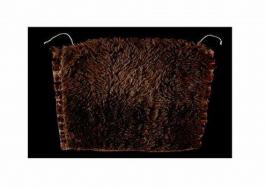
Museum of New Zealand Te Papa Tongarewa. Registration no. ME014404 |

Museum of New Zealand Te Papa Tongarewa. Registration no. ME015605 |
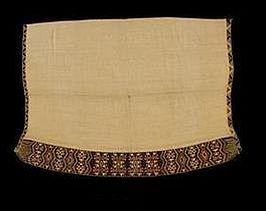
|
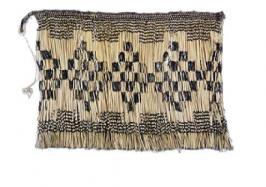
Museum of New Zealand Te Papa Tongarewa. Registration no. ME012023 |
Some cloaks were designed to be waterproof and shed the rain; some were so tough they could resist attack by a spear, whereas others were for rangatira and were adorned with coloured borders.
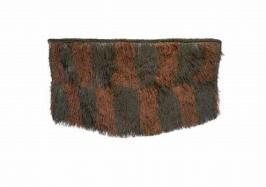
Museum of New Zealand Te Papa Tongarewa. Registration no. ME000769 |

Museum of New Zealand Te Papa Tongarewa. Registration no. WE000801 |
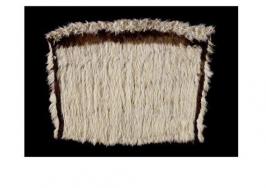
Museum of New Zealand Te Papa Tongarewa. Registration no. ME002054 |
Looking after our taonga
Some cloaks are now over 250 years old. They are so old that the muka has become brittle and cannot be easily moved. This is because the muka ages and produces acetic acid which causes the muka to deteriorate. You will have met acetic acid before. It is the main ingredient of vinegar. The black dyed muka used in piupiu and the tāniko of the cloaks makes more acetic acid than the un-dyed muka. This means that the black muka will fall apart much more quickly than un-dyed muka.
- Why do you think it is important for us to look after our taonga from the past?
At Te Papa Museum conservators try to treat these cloaks to stop them falling apart. (Rangi comes from a long line of traditional Māori weavers. Her mother was Diggeress Rangituatahi Te Kanawa (1920-2009) and her grandmother was Dame Rangimārie Hetet (1892-1995), both of whom dedicated their lives to the promotion and preservation of traditional Māori weaving arts.) Rangi is working with the collection of cloaks to prepare them for an exhibition called Kahu Ora - He mahi nā ō tātou tūpuna, hei pupuri mō ā tātou uri whakatupu (Living Cloaks - A craft of our ancestors, to keep for coming generations).
This is a video clip of Rangi Te Kanawa at Te Papa, she talks about her background and whānau. She shows some of the different cloaks and discusses their histories and relationships and the expertise that went into making the cloaks. She also explains the problems of dehydration and how she treats the garment, in particular those made from black dyed muka.
